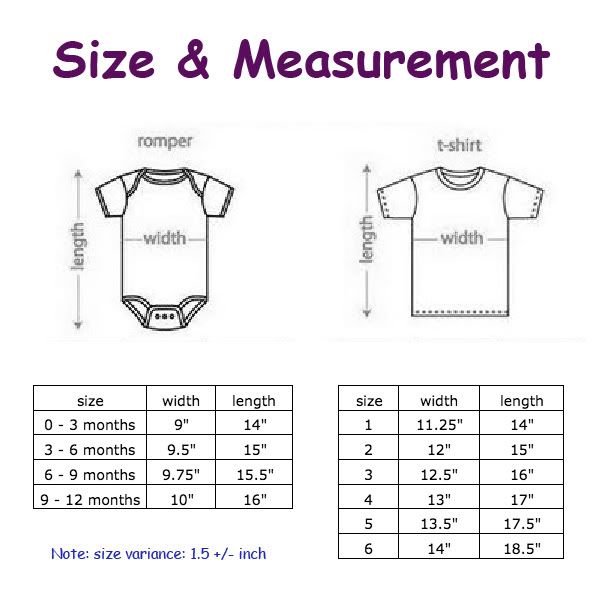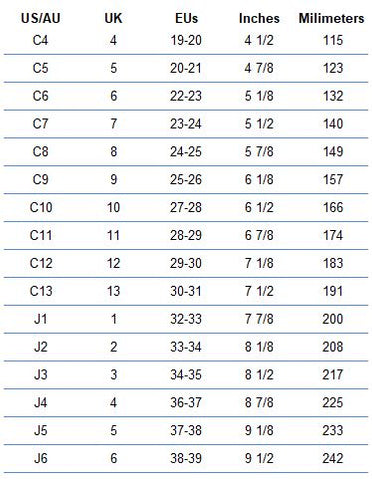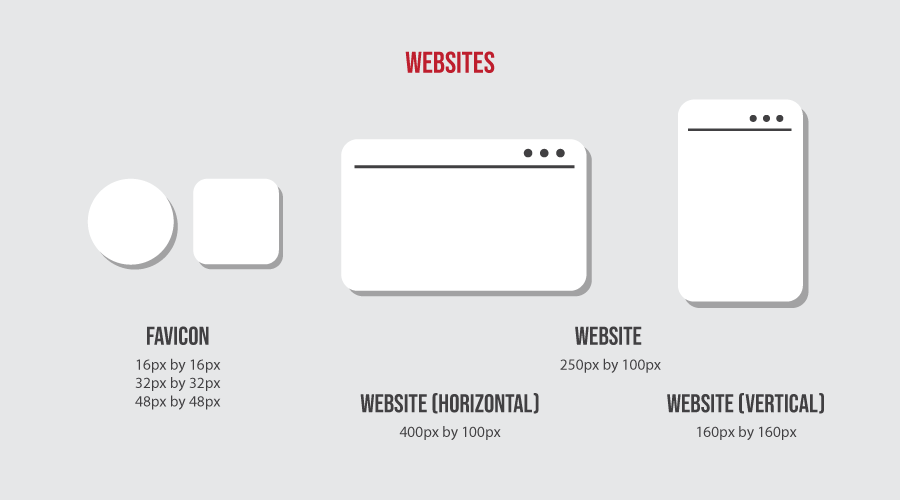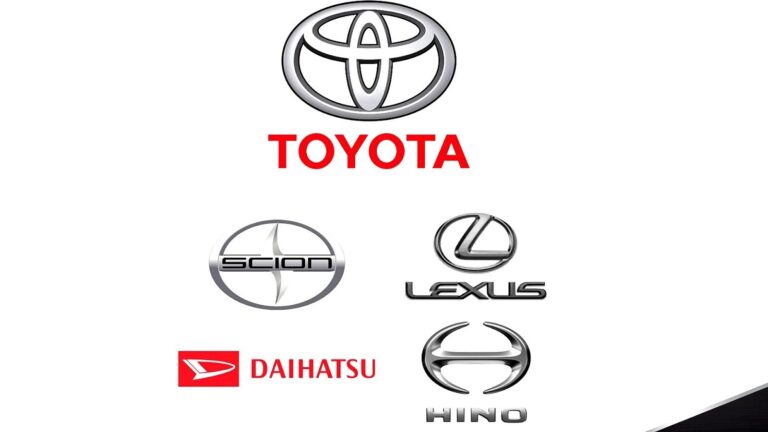Size Truck: Navigating the World of Commercial Vehicle Dimensions and Capacities
Size Truck: Navigating the World of Commercial Vehicle Dimensions and Capacities cars.truckstrend.com
In the vast and varied landscape of transportation, the term "truck" encompasses an incredible range of vehicles, from the familiar pickup in your driveway to the colossal rigs traversing interstates. Yet, beyond their visual differences, the true essence of a truck’s identity lies in its "size." But what exactly does "size" mean in the context of commercial trucks? It’s far more than just length or height; it’s a complex interplay of dimensions, weight capacities, legal classifications, and operational implications that dictate everything from what a truck can carry to where it can go and who can drive it.
Understanding "truck size" is paramount for anyone involved in logistics, construction, delivery, or any industry relying on commercial transport. It impacts safety, efficiency, legality, and ultimately, profitability. This comprehensive guide will delve into the multifaceted concept of truck size, exploring its definitions, classifications, practical considerations, and how to make informed decisions for your specific needs.
Size Truck: Navigating the World of Commercial Vehicle Dimensions and Capacities
Understanding Truck Classifications: The Foundation of Size
The most fundamental way to categorize truck size is through their Gross Vehicle Weight Rating (GVWR). The GVWR is the maximum permissible total weight of a vehicle, including its own chassis, body, engine, fuel, accessories, driver, passengers, and cargo. It’s a critical figure set by the manufacturer and forms the basis for legal classifications, licensing requirements, and road restrictions.
The United States, for instance, uses a classification system (Classes 1-8) based on GVWR:
-
Light-Duty Trucks (Classes 1-3):
- Class 1: 0-6,000 lbs (e.g., smaller pickup trucks, cargo vans)
- Class 2: 6,001-10,000 lbs (e.g., larger pickup trucks like Ford F-150/250, Sprinter vans)
- Class 3: 10,001-14,000 lbs (e.g., heavy-duty pickups like Ford F-350/450, some walk-in vans)
- Significance: Often drivable with a standard driver’s license, though some Class 3 vehicles might require special endorsements depending on state and usage.

-
Medium-Duty Trucks (Classes 4-6):
- Class 4: 14,001-16,000 lbs (e.g., medium-duty delivery trucks, some utility trucks)
- Class 5: 16,001-19,500 lbs (e.g., larger box trucks, small dump trucks)
- Class 6: 19,501-26,000 lbs (e.g., larger box trucks, beverage trucks, single-axle dump trucks)
- Significance: Often require a Commercial Driver’s License (CDL) if used for commercial purposes, especially Class 6, depending on state regulations and the need for air brakes.

-
Heavy-Duty Trucks (Classes 7-8):
- Class 7: 26,001-33,000 lbs (e.g., large single-unit trucks, refuse trucks, city buses)
- Class 8: 33,001 lbs and greater (e.g., tractor-trailers, concrete mixers, heavy haul trucks)
- Significance: Almost always require a CDL (Class A for tractor-trailers, Class B for large single-unit trucks) due to their weight, size, and operational complexity.

Beyond GVWR, another crucial weight-related measure is Gross Combined Weight Rating (GCWR), which is the maximum permissible weight of a truck and any attached trailer, including all cargo and passengers. This is vital for towing applications.
Key Dimensions Beyond GVWR: The Physical Footprint
While GVWR defines a truck’s weight capacity, its physical dimensions – length, width, and height – are equally critical for practical operations and legal compliance.
- Length: This includes the overall length of the truck itself, or the tractor-trailer combination. Length limits vary by state and road type (e.g., local roads versus interstates) and impact maneuverability, turning radius, and parking. Longer trucks require more space for turns and backing, making them unsuitable for tight urban environments.
- Width: Standard truck width is generally around 8.5 feet (102 inches) excluding mirrors. Excessive width can lead to lane encroachment, difficulty on narrow roads, and the need for special "oversized load" permits and escort vehicles.
- Height: The maximum legal height for trucks on most U.S. interstates is 13 feet 6 inches, though some states allow up to 14 feet. Low bridges, tunnels, power lines, and even overhanging tree branches can pose significant hazards. Drivers must always be aware of their vehicle’s total height, especially when considering adding equipment like refrigeration units or specialized bodies.
Why Truck Size Matters: Practical Implications
The "size" of a truck isn’t just a number; it dictates a myriad of practical considerations that directly impact a business’s bottom line and operational safety.
- Legal Compliance: Adhering to GVWR, GCWR, and dimensional limits is non-negotiable. Overweight or oversized vehicles can incur hefty fines, require immediate unloading, and potentially lead to license suspensions. CDL requirements are directly tied to GVWR/GCWR, ensuring drivers are properly trained for the vehicles they operate.
- Operational Efficiency:
- Fuel Consumption: Generally, larger, heavier trucks consume significantly more fuel.
- Maneuverability: Smaller trucks excel in urban environments with tight turns and limited parking, while larger trucks are better suited for open highways.
- Route Planning: Size constraints affect route selection, avoiding low bridges, narrow streets, or weight-restricted roads.
- Safety: Larger trucks have longer braking distances, larger blind spots, and a higher center of gravity (increasing rollover risk). Understanding these characteristics is crucial for driver training and accident prevention.
- Cost Implications:
- Purchase Price: Larger trucks are inherently more expensive to buy.
- Insurance: Premiums are typically higher for larger, heavier vehicles due to increased risk and potential for greater damage in an accident.
- Maintenance: Larger trucks often have more complex systems and heavier components, leading to higher maintenance and repair costs.
- Tolls and Permits: Many toll roads charge based on axle count or weight, and oversized/overweight permits are an additional expense.
- Application Matching: The right truck size is critical for the job. A small delivery van won’t haul construction materials efficiently, and a heavy-duty semi-truck is overkill (and uneconomical) for last-mile parcel delivery.
Choosing the Right Truck Size: A How-To Guide
Selecting the appropriate truck size is a strategic decision that requires careful consideration. Follow these steps:
- Define Your Primary Purpose and Cargo: What exactly will you be hauling? What is its typical weight and volume? Is it perishable, fragile, oversized, or hazardous?
- Calculate Weight Requirements:
- Payload Capacity: Determine the maximum weight of goods you’ll consistently carry. This is the difference between the truck’s GVWR and its curb weight.
- Towing Capacity: If towing, calculate the GCWR needed, factoring in the weight of the trailer and its cargo.
- Assess Operating Environment and Route:
- Urban vs. Highway vs. Off-Road: Tight city streets demand maneuverability; long-haul requires comfort and efficiency; construction sites need durability and off-road capability.
- Bridge Clearances/Weight Limits: Are there any known restrictions on your typical routes?
- Consider Driver Licensing: Does your current or potential driver pool have the necessary CDL endorsements, or will you need to invest in training?
- Evaluate Budget and Total Cost of Ownership (TCO):
- Beyond the purchase price, factor in fuel costs, insurance, maintenance, tires, tolls, and potential permit fees.
- Don’t overbuy; a truck that’s too large for your needs will incur unnecessary costs.
- Future-Proofing: Consider potential growth or diversification of your business. Can the chosen truck size accommodate future needs, or will you quickly outgrow it?
- Consult Experts: Talk to truck dealers, fleet managers, and industry consultants who can provide insights based on your specific requirements.
Challenges and Solutions Related to Truck Size
Operating trucks of various sizes comes with its unique set of challenges:
- Restricted Access: Larger trucks struggle with residential areas, narrow loading docks, and low bridges.
- Solution: Utilize smaller "last-mile" delivery vehicles, plan routes carefully using truck-specific GPS, or use transloading points where goods are transferred to smaller vehicles.
- High Operating Costs: Fuel, maintenance, and insurance for larger trucks can be substantial.
- Solution: Optimize routes, implement driver training for fuel efficiency, invest in telematics to monitor performance, explore alternative fuels or electric vehicles where feasible.
- Driver Shortage (for CDL-required trucks): Finding qualified drivers for heavy-duty vehicles can be difficult.
- Solution: Invest in driver training and retention programs, explore automation for certain tasks, or optimize loads to reduce the number of trips.
- Parking Difficulties: Especially in urban areas, finding suitable parking for medium and heavy-duty trucks is a constant struggle.
- Solution: Coordinate delivery windows, establish dedicated parking zones, or utilize off-hour deliveries.
- Environmental Regulations: Increasingly stringent emissions standards affect truck purchasing and operation.
- Solution: Invest in newer, more fuel-efficient models, consider alternative fuel vehicles (CNG, electric), or implement idle reduction technologies.
Representative Price Ranges by Truck Size/Class
It’s important to note that truck prices vary wildly based on manufacturer, model, year (new vs. used), features, engine type, transmission, body configuration (e.g., flatbed, box, dump), and market conditions. The table below provides estimated ranges for new trucks. Used trucks can be significantly cheaper.
| Truck Type/Class | GVWR Range (Approx.) | Typical Application | Estimated Price Range (New, USD) |
|---|---|---|---|
| Light-Duty Pickup | Class 1-3 (3,000 – 14,000 lbs) | Personal, small business, light towing | $30,000 – $80,000+ |
| Cargo Van | Class 1-3 (5,000 – 10,000 lbs) | Parcel delivery, mobile service, trades | $40,000 – $75,000+ |
| Box Truck (Straight Truck) | Class 4-6 (14,000 – 26,000 lbs) | Local delivery, moving, freight | $60,000 – $150,000+ |
| Medium-Duty Utility/Dump | Class 5-6 (16,000 – 26,000 lbs) | Construction, landscaping, municipal | $80,000 – $200,000+ |
| Heavy-Duty Single-Axle (Class 7) | Class 7 (26,000 – 33,000 lbs) | Refuse, larger box trucks, city delivery | $100,000 – $250,000+ |
| Semi-Truck (Tractor) | Class 8 (33,000+ lbs) | Long-haul freight, heavy towing | $120,000 – $250,000+ (for tractor only) |
| Specialized Heavy-Duty (e.g., Concrete Mixer, Crane Truck) | Class 8 (33,000+ lbs) | Heavy construction, specialized transport | $200,000 – $500,000+ (highly variable) |
Note: These are rough estimates and can vary significantly based on customization, engine size, features, and market conditions.
Frequently Asked Questions (FAQ) about Truck Size
Q1: What is GVWR, and why is it so important?
A1: GVWR stands for Gross Vehicle Weight Rating, the maximum operating weight of a vehicle as specified by the manufacturer, including the vehicle itself, passengers, and cargo. It’s crucial because it determines the truck’s legal classification, the type of driver’s license required (CDL vs. non-CDL), and road restrictions.
Q2: Do I need a CDL to drive a large truck?
A2: Generally, yes, if the truck has a GVWR of 26,001 lbs or more (Class 7 and 8), or if it’s designed to transport 16 or more passengers (including the driver), or if it’s used to transport hazardous materials. For combinations, a Class A CDL is typically required if the GCWR is 26,001 lbs or more, and the towed unit has a GVWR of 10,001 lbs or more.
Q3: How does truck size affect fuel efficiency?
A3: Larger, heavier trucks generally consume more fuel due to greater mass, larger engines, and increased aerodynamic drag. Fuel efficiency decreases as truck size and weight increase, making it a significant operational cost factor.
Q4: What are oversized load permits?
A4: Oversized load permits are special permits required by state and local governments when a truck’s dimensions (length, width, height) or weight exceed the standard legal limits for a particular road. These permits often come with specific routing requirements, escort vehicle mandates, and time restrictions.
Q5: Can I modify my truck to increase its GVWR?
A5: No, the GVWR is a rating set by the manufacturer and cannot be legally increased. Modifying a truck to exceed its original GVWR can lead to safety hazards, void warranties, and result in severe legal penalties. You might be able to add components to increase payload within the existing GVWR, but not the GVWR itself.
Q6: What is the difference between GVWR and GCWR?
A6: GVWR (Gross Vehicle Weight Rating) refers to the maximum weight of the single vehicle itself. GCWR (Gross Combined Weight Rating) refers to the maximum weight of the combination of the vehicle and any attached trailer, including all cargo and passengers in both. GCWR is critical for towing applications.
Conclusion
The "size" of a truck is a multifaceted concept that extends far beyond simple dimensions. It encompasses a complex web of classifications, weight capacities, legal requirements, operational considerations, and cost implications. From light-duty pickups serving local businesses to heavy-duty tractor-trailers forming the backbone of national commerce, each truck size plays a vital role.
Choosing the right truck size is not merely a purchase decision; it’s a strategic imperative that directly impacts safety, efficiency, legal compliance, and ultimately, the success of any operation relying on commercial transport. By thoroughly understanding GVWR, physical dimensions, and the practical implications of each, businesses can make informed choices, optimize their fleets, and navigate the world of trucking with confidence and profitability. The right size isn’t just about fitting the cargo; it’s about fitting the entire operational landscape.






